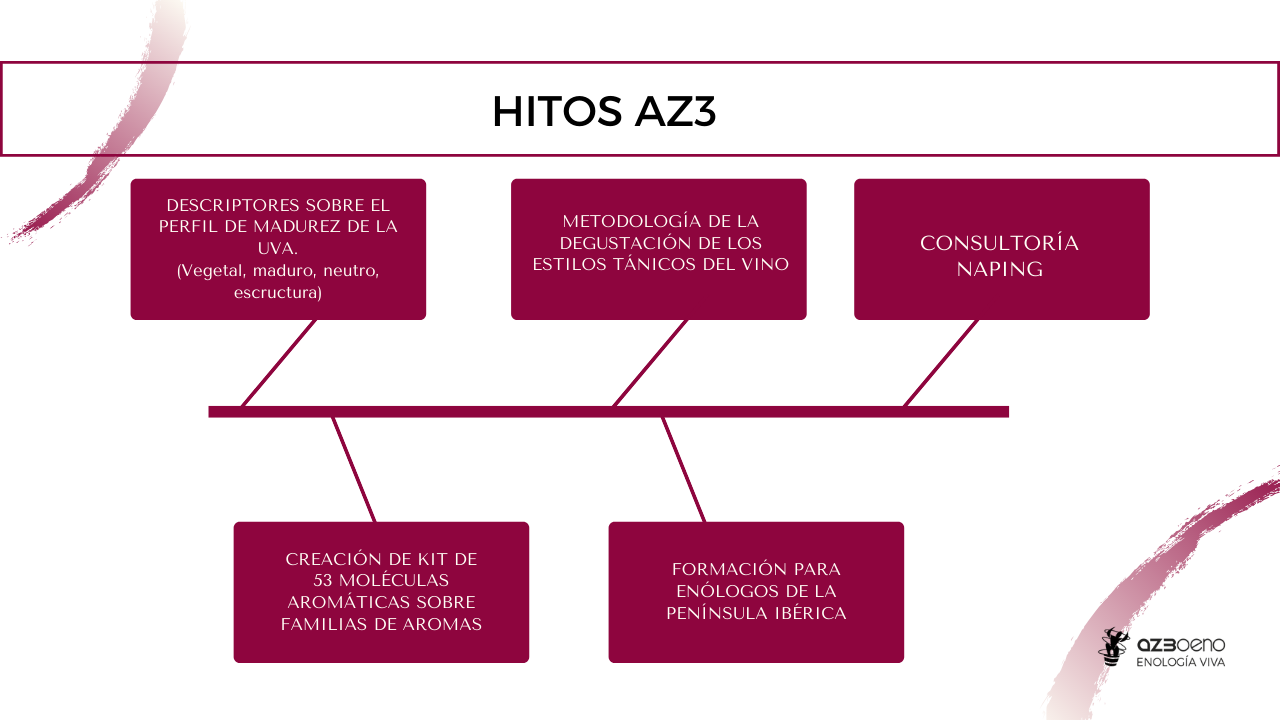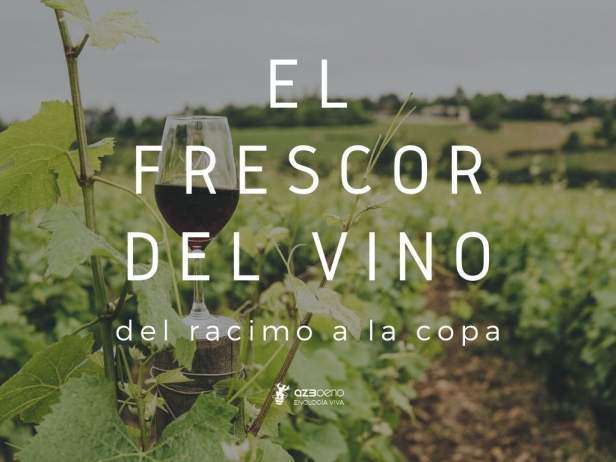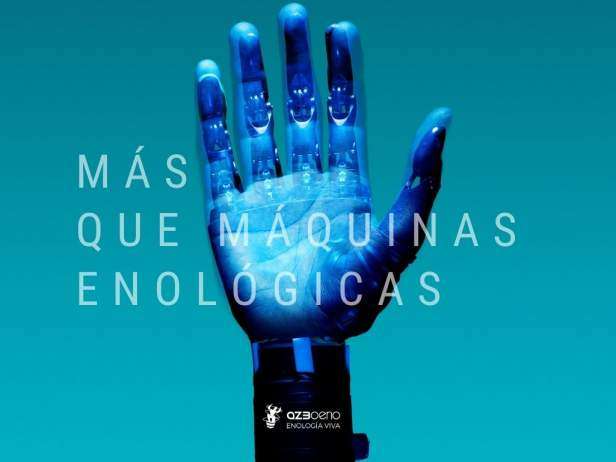
We have spent weeks of hectic activity, planning, decisions, setbacks, solutions and many hours of lost sleep to see our wines born. The stress is behind us and we can finally see the light at the end of the tunnel.
Every one will be different, but as if they were our children, we will try to take care of them, pamper them and educate them in the best possible way.
It is a transcendental period for any newborn, the wine is very reactive and its personality and character are willing to be modeled. Like educating a child, we will observe their virtues to enhance them and we will detect their shortcomings to compensate for them. Analysis gives us a lot of information, but for many pH, % vol, AV, AT, IPT and other parameters that we review, we will not know our “child” if we do not pay attention, listen to them and respond to them, through tasting.
TASTING is still a powerful tool for the design and creation of wines. But, how do we taste in the winery?
Tasting requires effort, time and money, so it is necessary to make it profitable by setting the objectives well and obtaining usable results.
At AZ3, we base our activity on knowledge of the wine and, therefore, we focus on tasting. We have tasted thousands of wines, in hundreds of wineries, with hundreds of winemakers, with dozens of objectives. We often find that tasting can be paid for by improving effectiveness and efficiency.
Some of the most commonly observed deficiencies are a diffuse definition of criteria and objectives, the lack of a common language well internalized by the tasters or the prevalence of individual and hedonic criteria. This removes value by turning an interpretive tasting , where we hope to obtain technical conclusions to make decisions, into an analog tasting, which describes the wine well but does not give conclusions of technical use.

In 20 years of work with the 'Institut de la Dégustation de Tours' we have consolidated a tasting methodology adapted to different needs, be it a descriptive analog tasting focused on market positioning or product definition or, an interpretive tasting used in the control of processes and production.
The AZ3 expert panel works with a common vocabulary and interpretation in the sensory examination of wine: maturity profile (vegetal, fresh, neutral, mature, overripe), aromatic styles (pyrazic, thiolic, fermental, terpenic), tannic styles (reactive, hard, round), concepts such as volume, structure, fat, harmony, etc., are interpreted consistently.
Our sensory consultancy provides you with value in different objectives and formats:
- Napping for market positioning.
- Napping for range positioning.
- ‘Molecular Kit’: training with 53 aromatic molecules linked to processes.
- ‘Barrel scan’: definition of the wood profile.
- Aging monitoring
- Formation of tasting panels.
Although the harvest is over, wines like a newborn need attention, care and pampering. Cataloguing them frequently, and always with a goal and the right methodology.
Related news
THE FRESHNESS OF THE WINE, from the bunch to the glass
The fashion for fresh wines has ceased to be fashion to become a trend; more and more consumers are looking for elegance, length and freshness above all.
More than winemaking machines
The winemaker is the artist who observes the vineyard, interprets it and imagines the wine that could be produced from this plot.
Was it the wood or the process?
Today, we are thinking about one of the most important stages of production: the aging of the wine.


